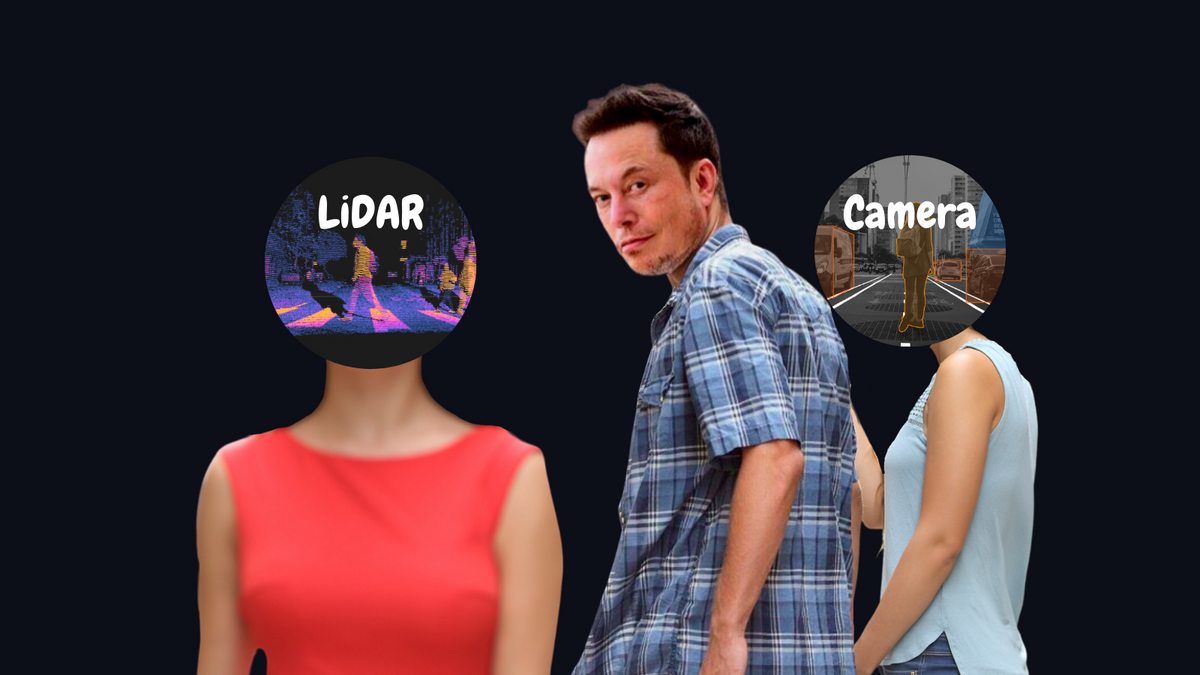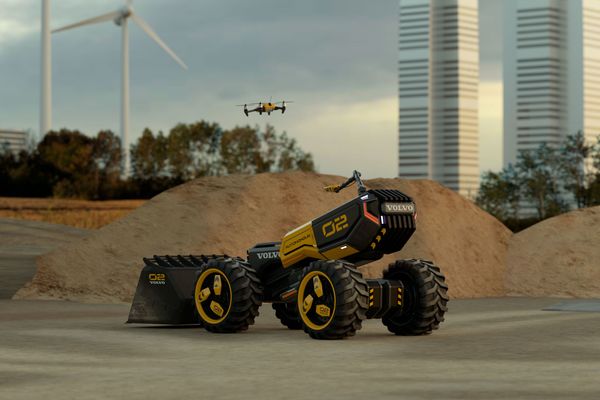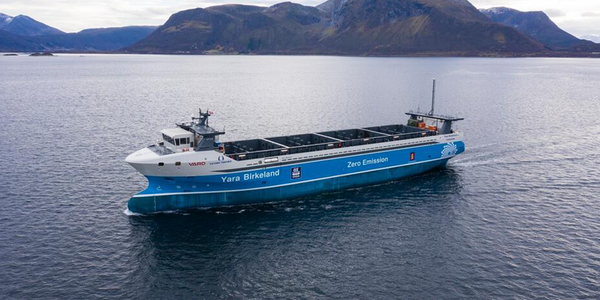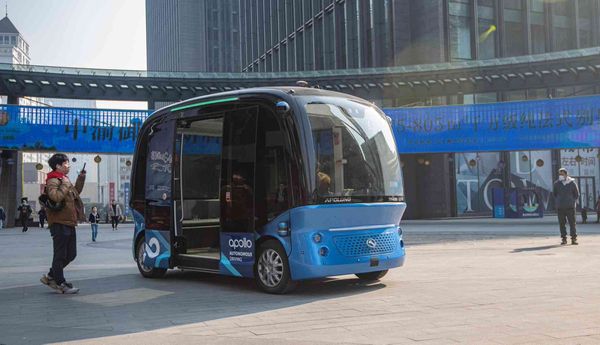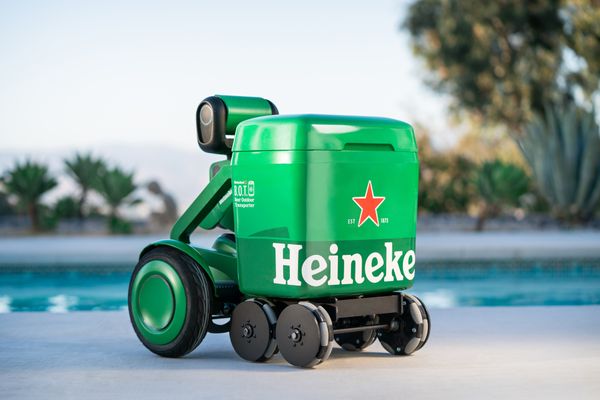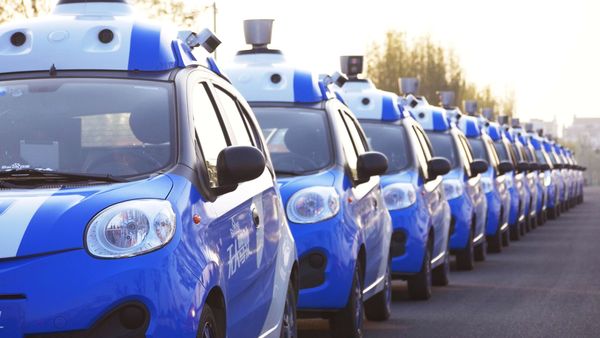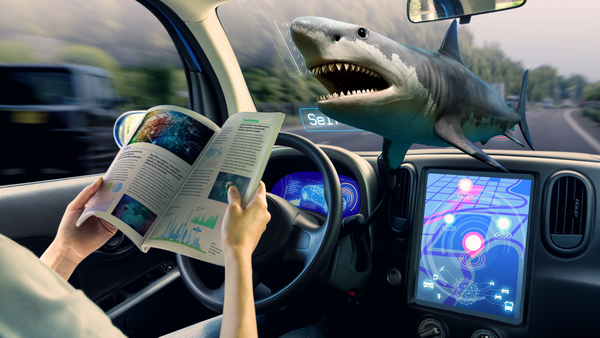Tesla has a contract to test Luminar LiDAR sensors in its vehicles. A picture shared by @gbrutle on Twitter of a Tesla Model Y with California dealer plates and a Luminar LiDAR rig sparked debate on whether the automaker is pivoting from a camera-based full self-driving system.
Tesla CEO Elon Musk has been critical of the use of LiDAR technology for self-driving in the past. In April 2019, he called LiDAR a “fool’s errand,” adding, “Anyone relying on LiDAR is doomed. Doomed! [They are] expensive sensors that are unnecessary.” Only time will tell whether Musk is right. Still, Cornell University research seems to support Musk’s vision, finding that stereo cameras could serve as a viable low-cost alternative to LiDAR.
So, the question at hand is whether Tesla is pivoting from its original stance. Analysts believe that is not the case, and Tesla is primarily using the LiDAR units to gauge the performance of its camera-based full self-driving system. “If they made that change, it would effectively depreciate their entire fleet of vehicles. They are not going to retrofit one million vehicles,” tells Guidehouse Insights analyst Sam Abuelsamid to Bloomberg.
LiDAR 101: LiDAR, or light detection and ranging, is a popular remote sensing method used for measuring the exact distance of an object by targeting it with a laser and measuring the time for the reflected light to return to the receiver. It is used to make digital 3D representations of areas such as street traffic, building interiors, and even the ocean floor. As such, it is also used in the control and navigation of autonomous cars and even some smart robot vacuums.


